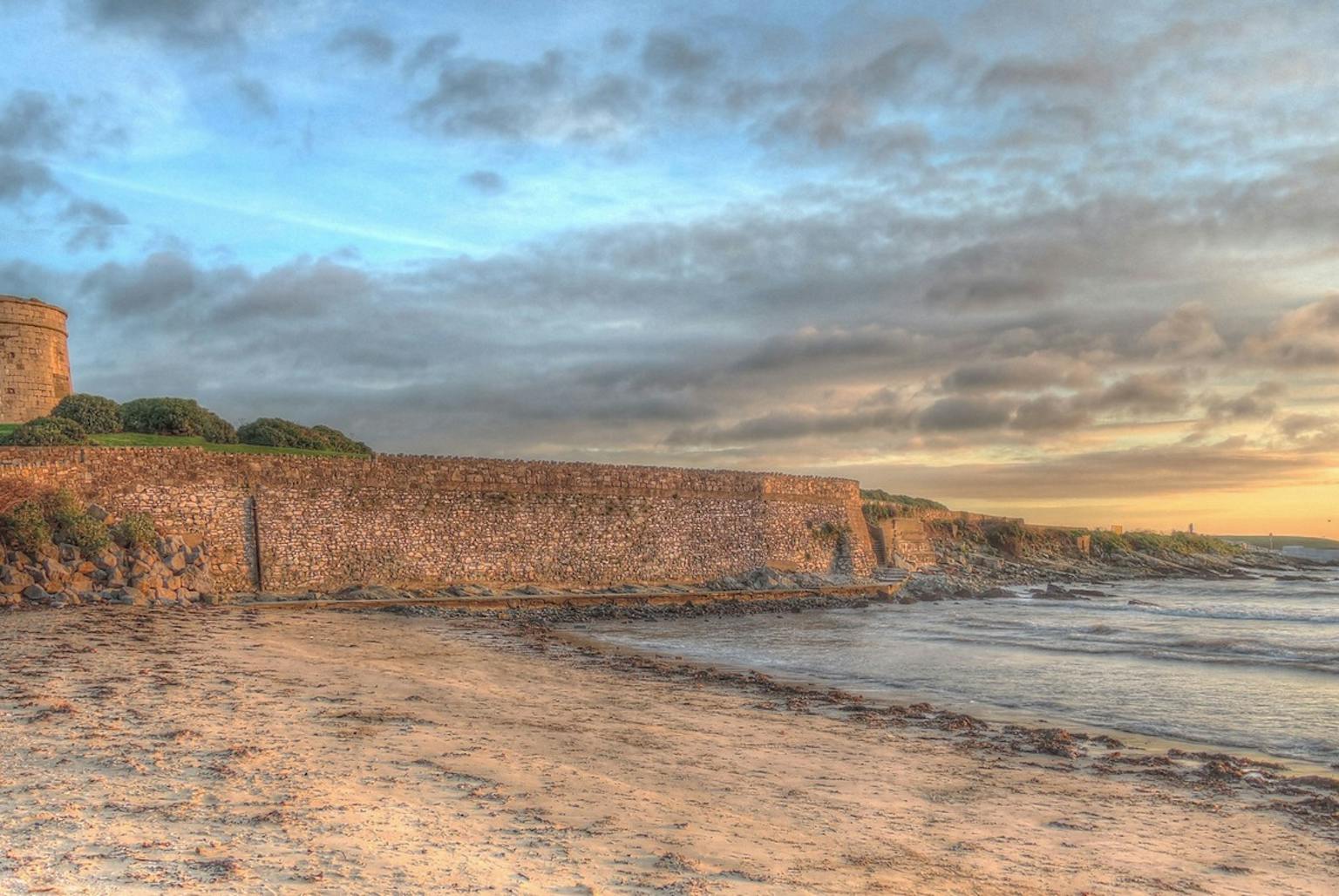
Fingal Coastal Risk and Priority Places
Assessing climate risks for future preservation
Fingal County Council commissioned LUC to assess climate change risks to Fingal’s cultural heritage assets.
This crucial project aims to determine the potential impact of natural hazards such as flooding and land instability on Fingal’s cultural heritage.
Detailed case studies provide insights into safeguarding representative historic assets, ensuring their preservation for future generations.

Evaluating the impact of natural hazards
LUC’s GIS and Historic Environment teams assessed the probability and severity of potential hazards to cultural heritage assets posed by six different types of natural threats.
The assessment specifically targeted:
- fluvial flooding
- pluvial flooding
- groundwater flooding
- coastal flooding
- coastal erosion
- land instability

Leading the way in heritage climate evaluation
LUC undertook a more detailed assessment, including a review of climate change impacts for four heritage assets.
This is the first project of this kind undertaken by a Council in the Republic of Ireland. This pilot project will lead to a better understanding of environmental risk datasets required for this type of assessment and allow the rollout of the developed method to other Councils in the Republic of Ireland.
The project builds on our similar work undertaken for Historic England, which explored risk levels posed by climate change on designated coastal heritage assets along the coast of England.

Understanding threats and strategic planning
We used knowledge on the existing threat from these natural hazards, coupled with climate change modelling data, to review potential impacts of climate change on the cultural heritage.
This project will give a better understanding of the current threats to cultural heritage sites and their spatial distribution around Fingal.
It provides a robust strategic baseline for targeting future, more detailed site-level work in protecting heritage assets and adapting to the impacts of climate change.














